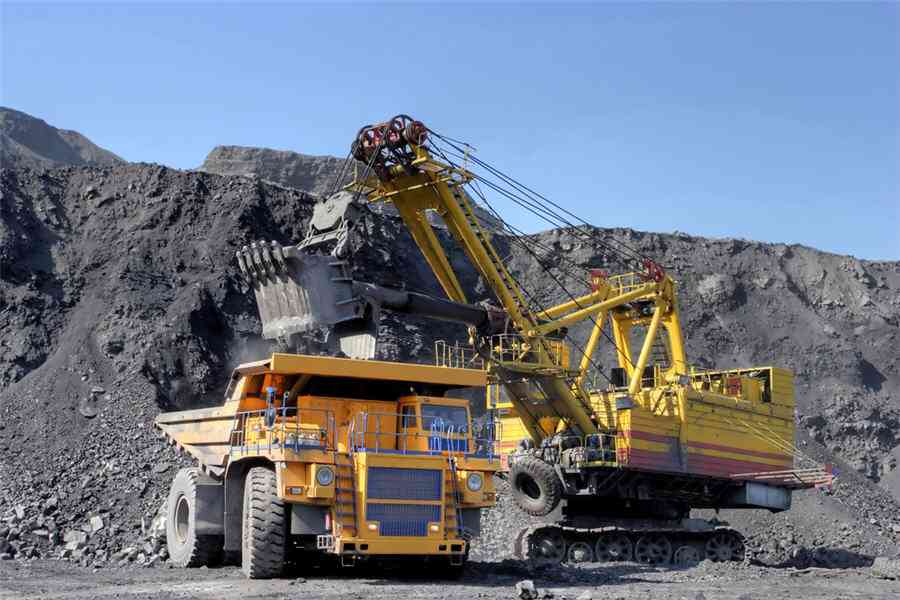
Zimbabwe’s mining industry said this week prolonged blackouts had been mitigated by a strategic electricity rationing system that has prioritised the sector. However, fresh headwinds are emerging elsewhere.
In an interview with the Zimbabwe Independent, Chamber of Mines of Zimbabwe (CoMZ) chief executive officer Isaac Kwesu said bold moves by power utility Zesa Holdings to prioritise miners had enabled operators to improve production.
But he warned a global commodity price meltdown, which has unsettled markets throughout the year, was exerting pressure on the sector.
Zimbabwe’s miners are also burdened by high production costs, steep fees and what they describe as “unsustainable royalties and taxes”.
Kwesu said these challenges require urgent policy interventions to calm jitters and protect nearly 50 000 jobs.
“The chamber has been engaging Zesa and government on these matters,” he told the Independent. “I am happy to report that these engagements have seen Zesa prioritising mining companies for available power.
“As a result and despite the country’s fragile power supply situation, reports received from mining companies show that electricity supply to mining companies has generally been stable during the first half of 2025 with minimum outages having been reported during the period under review.”
He said high operating costs were weighing down profitability across key segments, necessitating fiscal support.
- Mavhunga puts DeMbare into Chibuku quarterfinals
- Bulls to charge into Zimbabwe gold stocks
- Ndiraya concerned as goals dry up
- Letters: How solar power is transforming African farms
Keep Reading
“With regards to the cost of production, mining companies continue to implement cost cutting measures including negotiating prices with suppliers, cutting back on less critical expenditures and improving efficiencies.
“These measures, however, have remained inadequate to restore viability of some mining companies, specifically those in the PGMs, lithium, diamond and ferrochrome sectors that have experienced slowdown in prices.”
Once the backbone of Zimbabwe’s foreign exchange earnings, these minerals have been hit by plummeting global prices — just as miners grapple with an uncompetitive domestic cost structure.
“The chamber has been engaging the government to assist in reducing the cost of production, specifically appealing for review of some of the taxes and fiscal charges,” Kwesu added.
“We are hopeful that these engagements will result in positive outcomes that will assist in restoring the viability of mining projects.”
Industry data shows Zimbabwe has one of the highest tax regimes in the region, but prices have declined in the past year, affecting operations. Platinum is down nearly 30% from its mid-2024 peak, lithium prices have dropped amid global oversupply and diamond demand remains subdued, impacted by slower growth in key markets such as China and the US.
The mining sector, which contributes over 70% of Zimbabwe’s export earnings, is struggling to sustain current cost burdens in this low-price environment.
Despite higher output, Zimbabwe’s mines funneled fewer exports into global markets during the first quarter due to depressed mineral prices and global logistical bottlenecks, according to CoMZ.
Export receipts fell by 27% to US$555 million, from US$759 million in the same period of 2024. This represents a US$204 million loss for an industry targeting US$6 billion in revenues this year—a 9% increase on 2024.
The drop in export proceeds came despite a 16% rise in production volumes.






